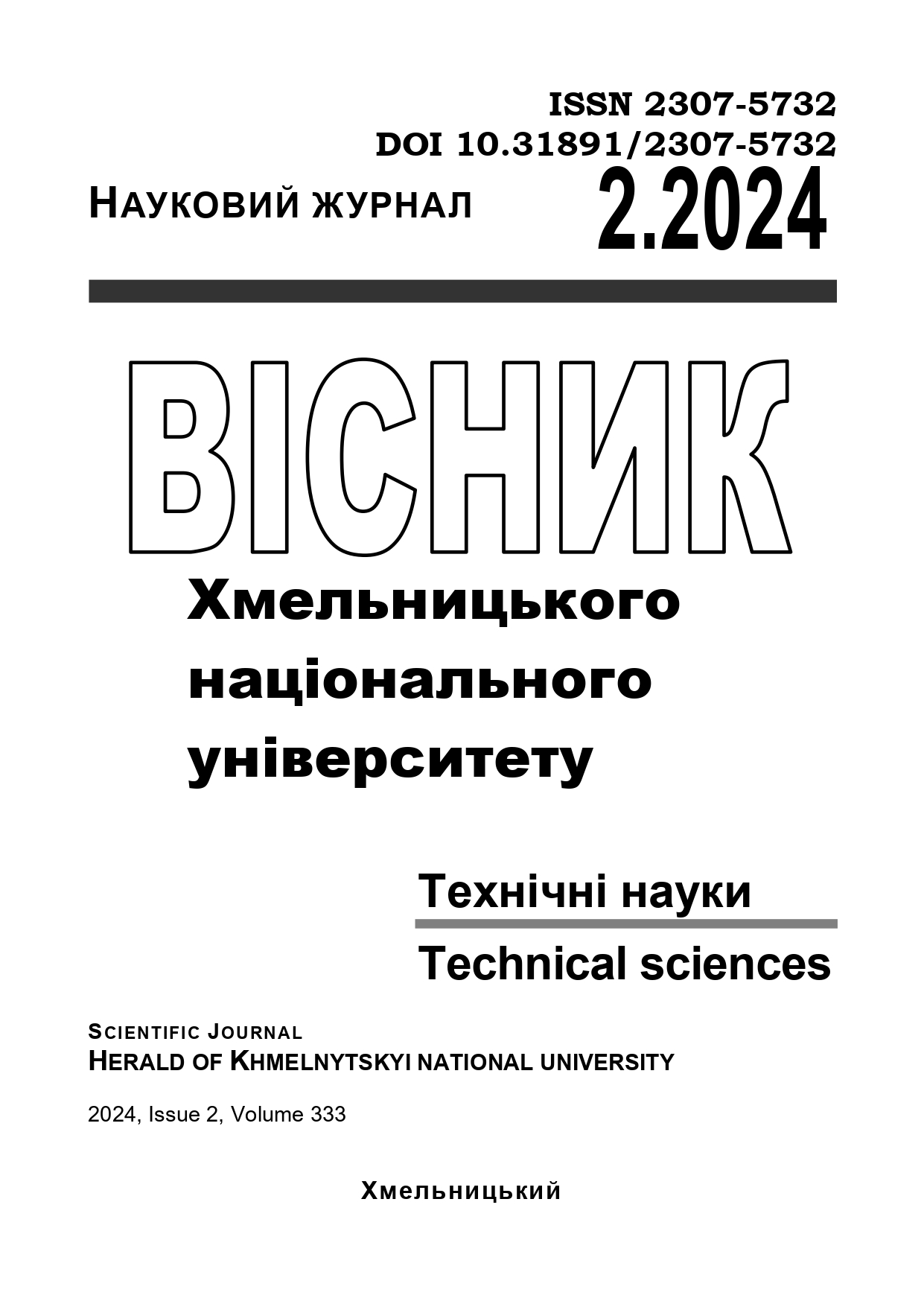COMPARATIVE ANALYSIS OF RESEARCHES WORKS OF ANIMALS BEHAVIOR BY THEIR SOUNDS
DOI:
https://doi.org/10.31891/2307-5732-2024-333-2-57Keywords:
artificial intelligence, animal vocalization, animal language, deep learning, neural networksAbstract
The article compares the works of contemporary researchers in the field of studying animal behaviour based on the sounds they emit. Research on vocalization is important to study their communication and interaction, the impact of geography on animal phonetics, and the contextual dependence of vocalization. The author analyses methods of sound recognition and its interpretation, particularly selecting those scientific works that utilized artificial intelligence algorithms. Existing researches have shown that similar methods apply to different animal species but require adaptations for each. Scientists used classification methods based on hidden Markov models (HMM) and latent space, which allowed to get better real-time results. These researches are suitable for studying birds or searching for contexts in animal speech. The technology is best for Bengal finches, and derived modifications apply to other species of songbirds. Scientists also used convolutional neural networks (CNNs) and Mel-frequency cepstral coefficients (MFCCs) in deep learning to identify the meanings of specific sound syllables. This is most suitable for animals that use specific sounds at particular moments. Mammals use vocalization in this way more often than others. The best research on deep learning technology at the moment is dedicated to cat language, as they often use vocalization as an element of communication among themselves or with humans The results of this work can be useful for researchers in zoolinguistics and other fields that study various species with complex behaviour. After all, sounds can provide a lot of information about the state, well-being, and context in which animals use their voice. Overall, new research focused on animal language can contribute to the development of the market for animal products.

